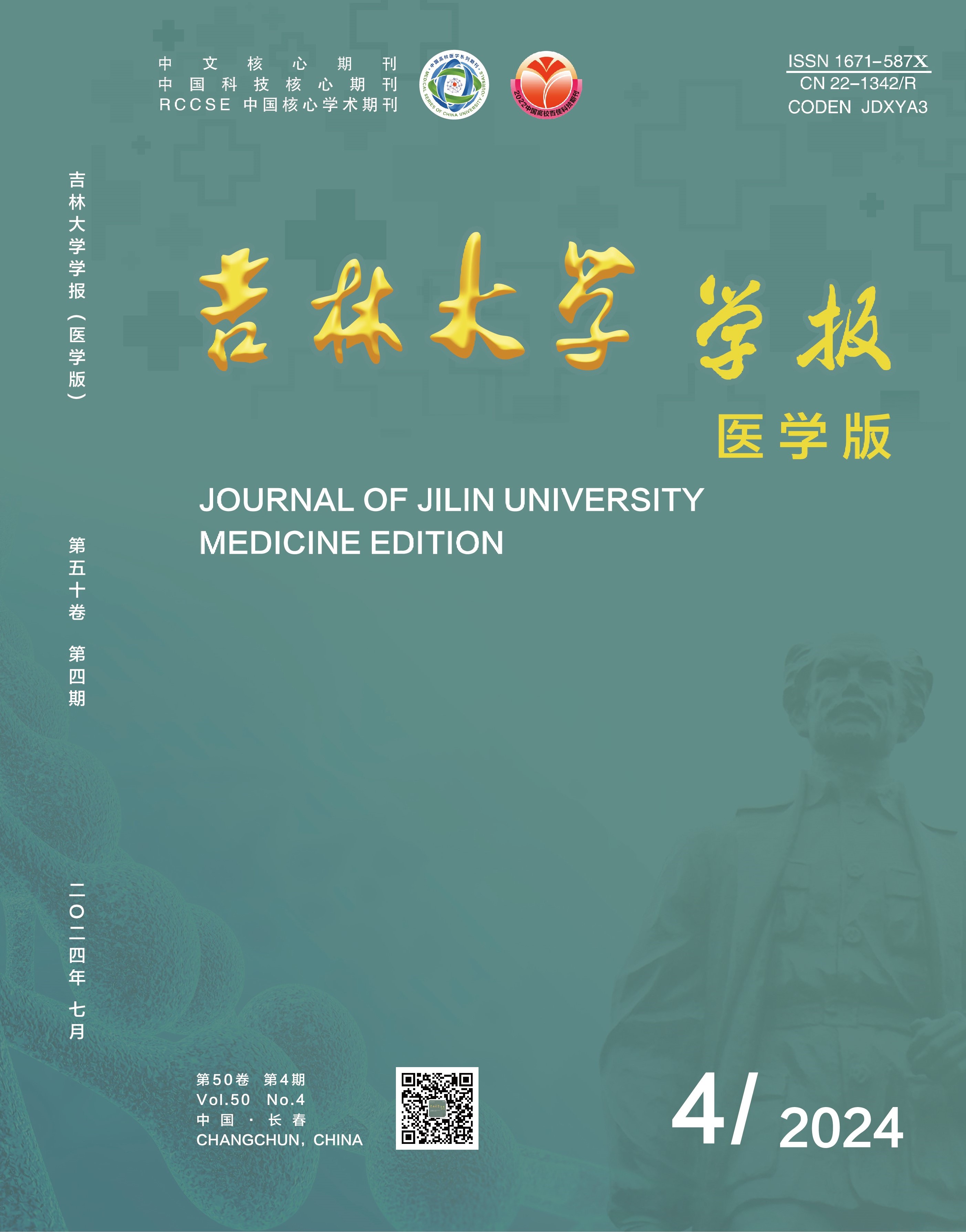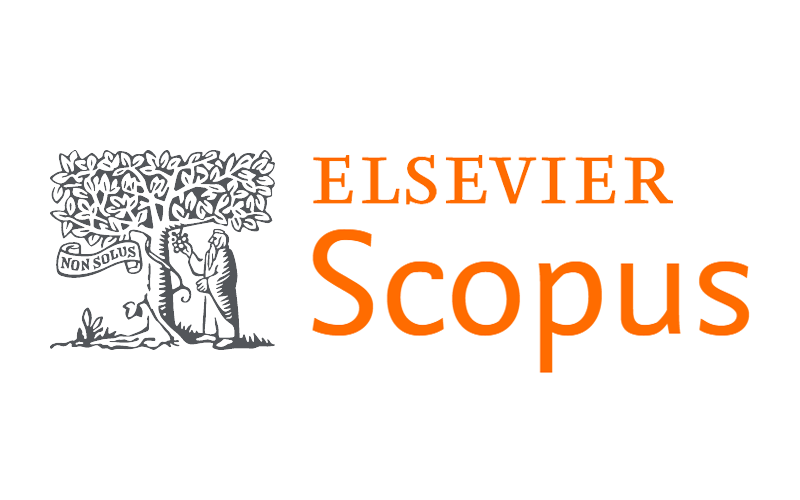Objective To investigate the expression of B-cell translocation gene-3 (BTg-3) in the thyroid follicular carcinoma tissue and cells and its effects on the proliferation, invasion and migration of thyroid follicular carcinoma cells, and to clarify its possible mechanism on the occurence and development of thyroid follicular carcinoma.
MethodsA total of 80 cases of thyroid follicular carcinoma tissue specimens and 80 cases of thyroid follicular adenoma tissue specimens confirmed by pathology were selected. Immunohistochemistry was used to detect the expressions of BTg-3 in thyroid follicular carcinoma and thyroid follicular adenoma tissues. Western blotting method was used to detect the expression levels of BTg-3 protein in thyroid follicular carcinoma CGTHW-1 cells and thyroid follicular adenoma Nthy-ori cells.The thyroid follicular carcinoma CGTHW-1 cells were randomly divided into blank control group (without transfection), negative control group(transfected with negative control vector),and BTg-3 over-expression group (transfected with BTg-3 over-expression vector).Plate clone experiment was used to detect the clone formation rates of the thyroid follicular carcinoma CGTHW-1 cells in various groups;Transwell chamber assay was used to determine the number of invasion and migration cells in various groups;Western blotting method was used to detect the expression levels of Ki67, proliferating cell nuclear antigen (PCNA), Vimentin, epithelial cadherin (E-cadherin), WNT1, β-catenin, glycogen synthesis kinase 3β (GSK3β) ,and phosphorylated GSK3β (p-GSK3β) proteins in the thyroid follicular carcinoma CGTHW-1 cells in various groups.
ResultsThe positive expression rate of BTg-3 in thyroid follicular carcinoma tissue was lower than that in thyroid follicular adenoma tissue (χ2 = 62.864, P<0.01).The expression level of BTg-3 protein in the thyroid follicular carcinoma CGTHW-1 cells was lower than that in thyroid follicular epithelium Nthy-ori cells (t = 34.484, P<0.01).Compared with blank control group and negative control group, the expression level of BTg-3 protein in the thyroid follicular carcinoma CGTHW-1 cells in BTg-3 over-expression group was increased (P<0.05);the clone formation rate, number of invation cells and number of migration cells in the thyroid follicular carcinoma CGTHW-1 cells in BTg-3 over-expression group were decreased (P<0.05);the expression levels of Ki67, PCNA, Vimentin, WNT1, β-catenin, and p-GSK3β proteins in the thyroid follicular carcinoma CGTHW-1 cells in BTg-3 over-expression group were decreased (P<0.05);the expression level of E-cadherin protein was increased (P<0.05).
ConclusionThe expression levels of BTg-3 in the thyroid follicular cancinoma tissue and cells are decreased. Over-expression of BTg-3 can inhibit the proliferation, invasion,and migration of thyroid follicular carcinoma cells, and inhibit the activation of WNT / β-catenin signaling pathway.

 Table of Content
Table of Content
 Guide to Authors
Guide to Authors


